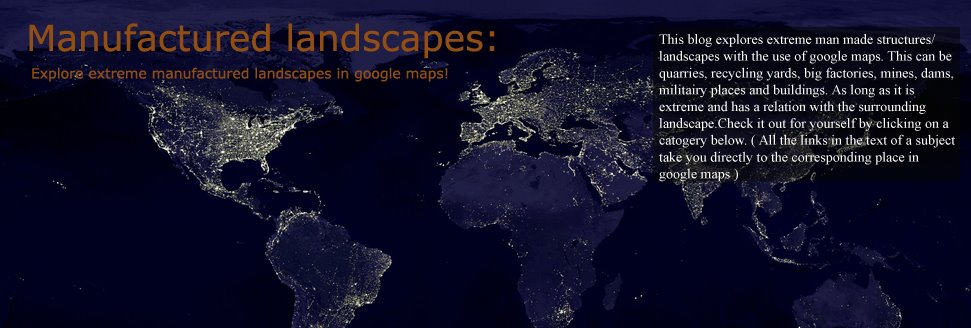Cement plants
Cement industry:
Skyscrapers, bridges, roads and dams are all made of concrete, the world’s most widely used building material. Cement is its key ingredient so it is not a big surprise that cement factories make up one of the world's biggest industries. Cement is made by heating limestone with small quantities of other materials (such as clay) to 1450°C in a kiln. The resulting hard substance, called ‘clinker’, is then ground with a small amount of gypsum into a powder to make ‘Ordinary Portland Cement’, the most commonly used type of cement (often referred to as OPC). Concrete is the second most used product on the planet, after water, and almost half of it is produced in China. Cement is also one of the most polluting industries in the world. They produce more than 5% of mankind's carbon dioxide emissions.
Biggest cement plants
Emerging on nearly 3,900 acres near the village of Denby in Missouri in the United States, the new Holcim ( The biggest cement producing company in the world ) facility will be the largest cement plant in the world when it opens in 2009. When fully operational, it will produce approximately four million metric tons of cement annually. The landscape leading to the site is fairly unremarkable until you travel further and crest the hill. From there, 13 enormous behemoth silos appear in the valley below. In the pictures below you can see the construction site of this new cement plant which is currently still under construction:


The current largest cement plant in the United States in operation is the TXI cement plant in Midlothian in Texas (birdview). A recent added cement kiln has increased the capacity at TXI's Midlothian plant from 1.3 to 2.8 million tons per year, making it the biggest in the United States:
This cement plant in Alpena in Michigan in the United States also belongs to the biggest in the United States and the world. Because of Alpena's location in the midst of immense limestone deposits, the Huron Portland Cement Company, founded at Detroit in 1907, chose this site for its plant:

The largest cement plant in Europe is found in the city of Hereke in Turkey. Nowadays the landscape of this town is dominated by this enormous cement factory. Turkey is also one of the biggest cement producers in Europe and the Marmara region, where the Nuh Cement Plant is located, accounts for around 30 percent of the country's production:

Second in Europe is this Cement factory near Voloce in Greece from the cement producer Heracless:


Read more...


















